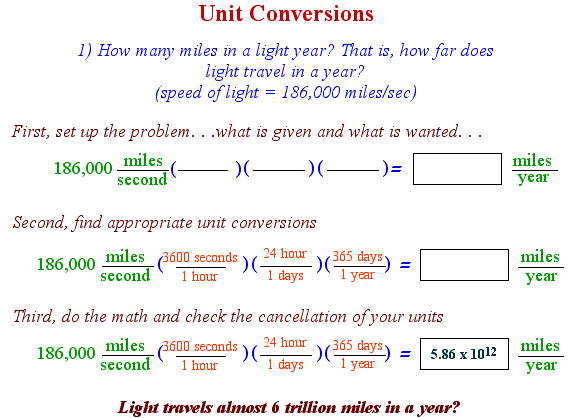
don't click. . .I dare you!

Physics is the art of discovering the patterns in nature.
We have a wonderful opportunity to understand her mostly subtle,
often deep mysteries, if we focus our gaze, listen intently and
analyze her incredible signals.
Click to view a Scientist in action. . .



A Short History of Nearly Everything
by Bill Bryson


A Scientific Theory
“A Scientific Theory is a proclamation supported by an abundance of observational evidence from nature and the remarkable ability to make accurate predictions of future natural phenomena. Examples of scientific theories include the Special and General Theory of Relativity, Atomic Theory of Matter, Quantum Theory,
The Theory (Law) of Evolution, Plate Tectonic Theory and The Big Bang Theory.
A proclamation that does not support all the observational evidence and cannot be used to provide accurate predictions is an idea or speculation. Examples of ideas that are not theories are String Model of Matter, Ptolemaic Model of the Solar System, Lamarkian Evolution and The Hole in the Earth.”
Mass (kilograms)
Distance (meters)
We
are on the hunt for the Higgs
Boson. . .maybe then, we will know mass!
Time
is everyone's guess. . .
Distance
to the nearest 7-11 is in the bag. . .but to the nearest Galaxy?
We will get back to these fundamental units. . .again.
Right now, let's pretend we got a handle on them.


Powers of Ten I, II, III
The
use of significant figures in our measurements are very
important.

Is this correct?
I am really 5'7''.

Graph of y = sin x
Graph of y = cos
TrigMagic

Vectors

Toronto Vectors
Adding two or more Vectors
Realize that we can move the two vectors
any where we
like, as long as we maintain
the vector's magnitudes and directions.
Place the two vectors at the origin
of a coordinate axis
system.
Decompose the two vectors into their
respective x and
y components.
Add the x-components of the two vectors,
this will be the x-component
of the resultant vector.
Add the y- components of the two vectors,
this will be the y-component of
the resultant vector.
Find the magnitude
of the resultant vector
by using the pythagorean
theorem.
Find the direction of the resultant
vector
by using the inverse tangent of
the
angle between the two vectors.

Let this Presentation completely load (100 megs).
Then, just click on the screen to move forward.

Trigonometry
and
Vector Analysis
Diagram
a diagram is worth a thousand words
Reasoning
using logic and critical thinking skills
Solution
finding the numerical answer

Animated
Problem Solving.
Click on animation for a larger animation



